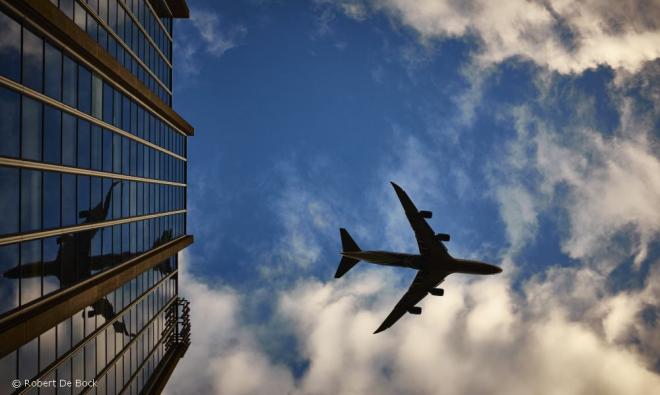
Aviation industry players are ramping up collaborations to tackle the new normal in the day-to-day operations of the industry, as well as reviving the people’s confidence in air travel while simultaneously ensuring their safety.
Airbus Malaysia country head, Raymond Lim said aviation is one of the industries that had been badly hit by the Covid-19 pandemic.
However, following positive developments in the battle against the pandemic, governments worldwide have started to ease their lockdown policies, and the industry might be able to recover as more airlines begin to take to the skies again.
“We are continuously engaging with the International Air Transport Association (IATA), the International Civil Aviation Organisation (ICAO) and the Airports Council International (ACI) because we cannot act alone.
“We need to work together to raise the public’s confidence that we are committed to ensure the highest level of safety for the passengers and crews,” he told Bernama.
He said all stakeholders need to play their part in ensuring that passengers comply with social distancing measures and reducing person-to-person contact during check-ins, immigration and security checks, as well as temperature screening.
Furthermore, he said there is also a need to revise boarding and disembarking procedures to reduce congestion and ensure smoother passenger flow.
Cabin air quality matches that of hospital operating theatres with Hepa filtration system
Lim said aircraft cabins have one of the highest and safest air quality standards in the transportation system as its air flow, pressure, temperature and quality are continuously monitored.
“The air in the cabin is refreshed and renewed every two to three minutes. It enters near the overhead bins, travels downward at a rate of around one metre per second, and exits through the floor level vents.
“As the air flows from top to bottom, there is no air flow from left to right or front to back, thus reducing the risk of cross-contamination,” he said.
The cabin air is filtered through High Efficiency Particulate Air (Hepa) filters, which removes 99.95 percent of particles such as bacteria and viruses, including the relatively large coronavirus (Covid-19) from the air to generate hospital-grade air for passengers.
Lim said the purified filtered air would then be mixed with fresh air drawn from outside the aircraft, which means that the air inside the aircraft cabin is refreshed and renewed every two to three minutes.
“The air quality in the cabin is in fact similar to that of an operating theatre in the hospital,” he said.
Removing middle seat not technically necessary
Evidence suggests that the risk of transmission of infections onboard aircraft is low because the air flow from the ventilation system passes downwards and not from side to side, therefore, the removal of the middle seat is technically unnecessary.
IATA has also announced that it does not support mandating social distancing measures that would leave ‘middle seats’ empty.
Lim said, however, Airbus and IATA both support the recommendation for passengers and crews to wear masks in the aircraft to reduce the already low risk of contamination.
“As far as seat configuration goes, we have received many suggestions on how the seats can be reconfigured.
“From our point of view, it is technically not required to reconfigure the seats because the cabin has a high level of filtration system, providing the safest air quality.
“We are also encouraging airlines to enhance sanitisation in the cabin, and they are already doing this.
“We are also encouraging airlines to enhance sanitisation in the cabin, and they are already doing this.
“In fact, we have good quality products that ensure high sanitation quality and some of this cleanliness can be maintained for up to five days,” he added.
- Bernama


No comments:
Post a Comment
Note: Only a member of this blog may post a comment.